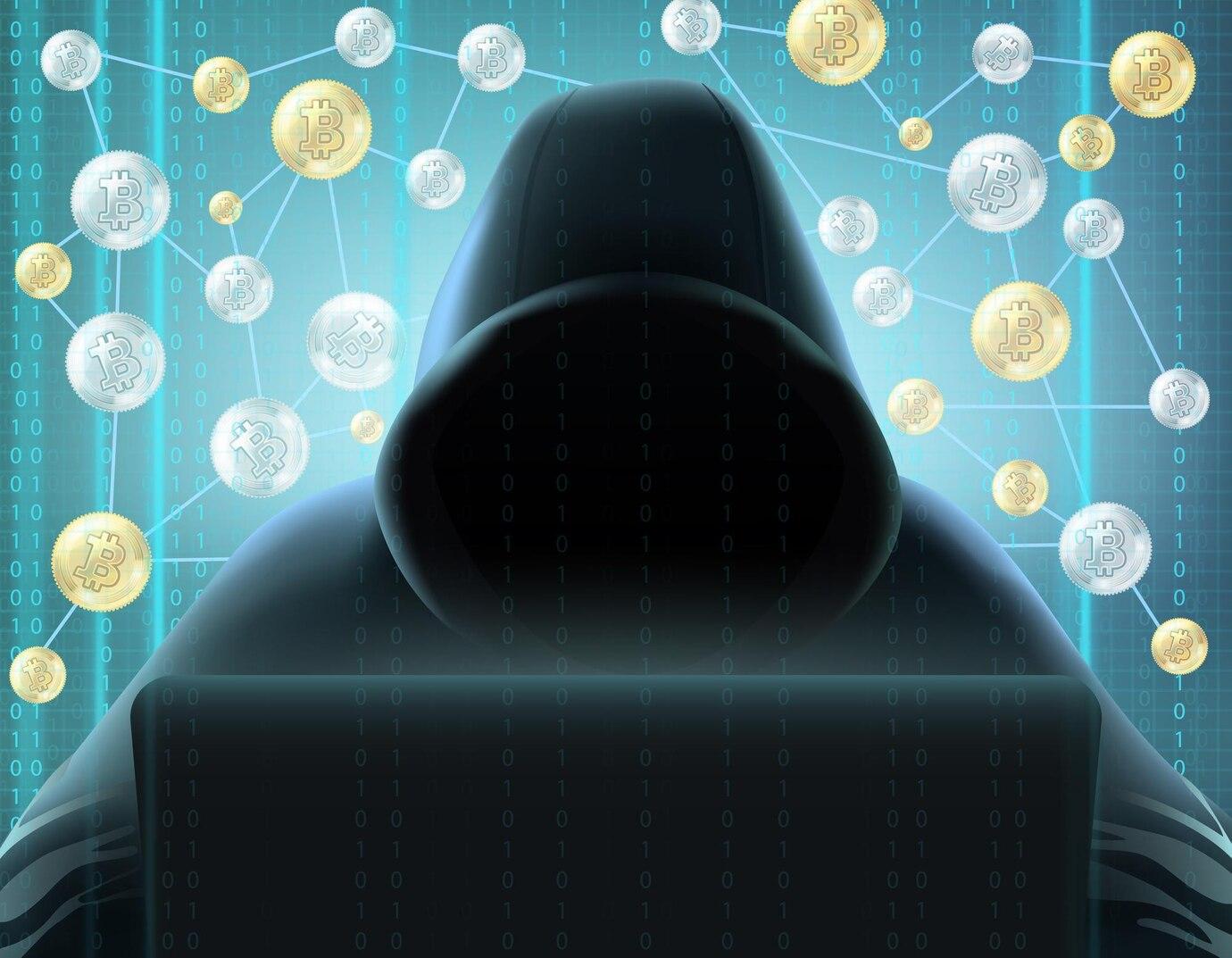In recent years, we have witnessed the rapid development of technologies, and among them, deepfake is finding more applications. These technologies can create fake video and audio that can deceive viewers. Scammers are actively using deepfake technologies for various scams, raising serious security concerns.
What is Deepfake and How It Works
Deepfake is a technology that uses deep learning and artificial intelligence methods to alter original video or audio so that it looks like something completely different. This may include face replacement, voice changes, and even the creation of entirely fake personas. The main working principle involves analyzing large volumes of data and creating a model that can generate content similar to the original.
The essence of the technology is based on neural networks that can «learn» from specific data. For example, if a scammer has many images of a particular person, they can create a model that will make fake video recordings using that person's face. This allows scammers to impersonate famous people or trusted individuals of potential victims.
The problem is that fake video or audio can be so realistic that it is difficult to detect the deception. As the availability of deepfake creation technologies grows, scammers will be able to even mimic a person's voice and manner of speaking.
Examples of Deepfake Fraud
There are many examples of how scammers have successfully used deepfake for deception. One such example is the use of fake videos of CEOs or other figures in financial institutions. Scammers create videos where, for example, a company executive gives instructions to transfer money to fake accounts. These videos can look so plausible that firm employees, unaware of the deception, follow the instructions.
Another example is the use of deepfake technologies in cryptocurrency fraud. Scammers can create fake videos featuring well-known personalities in the cryptocurrency world, allegedly recommending investments in non-existent projects. People attracted by names and reputations invest their money, unaware that it's just a trick.
Additionally, scammers use deepfake for extortion and manipulation, creating intimate videos that could damage individuals' reputations. This creates additional risks for victims, who may face public condemnation or even legal consequences.

How to Recognize Deepfake
Recognizing deepfake is a challenging task, especially with the constant improvement of technologies. Nevertheless, there are several signs to watch out for:
- Inconsistencies in Movement: Most often, you can notice that lip movements do not match the spoken words. This is because algorithms still have limitations, especially in complex scenarios.
- Unnatural Facial Expressions: Deepfake videos may have unnatural facial movements and expressions. Faces may appear static or, conversely, overly animated at inappropriate moments.
- Lighting Changes: Fake videos may exhibit unnatural lighting that does not match the surroundings, or there may be overly sharp shadows.
- Focusing Issues: If a character in the video suddenly changes focus, it can also be a sign that the video is not authentic.
People can also use specialized tools and software to detect deepfake content. Some of them use machine learning algorithms to analyze videos and identify fakes. However, there is currently no universal solution that can guarantee 100% deepfake detection.

Cyber Fraud and Fake Identities Online
Cyber fraud using deepfake technologies raises many questions about security and privacy on the internet. One of the fundamental ways scammers use deepfake in this context is by creating fake identities to deceive on social networks and dating platforms. For example, scammers can create fake profiles using images of famous people or just beautiful faces. These fake identities can attract victims who genuinely believe in their sincerity, ultimately posing a high risk.
When trust is established, scammers may demand money under the pretext of resolving an «emergency situation». If the victim becomes too suspicious, the scammer can delete or change the profile to avoid exposure.
Such scams are characterized by a high degree of manipulation, where scammers gradually gain the trust of their victims. This leads to the victim becoming more vulnerable over time, even if they initially believe they acted prudently.

Protection Against Deepfake Scams
Protection against fraud should be based on awareness and education. Key precautionary measures include:
- Education: People should be aware of deepfake technology and its capabilities. Understanding how such technologies work can help people become more critically minded toward videos and materials they see.
- Source Verification: Always verify information before taking any action. For example, if you receive a message from your company's CEO requesting a money transfer, call that person to confirm it's really them.
- Using Technologies for Authentication: Some companies and platforms have already started implementing technologies to verify the authenticity of video and audio. This will help users ensure they are dealing with genuine information.
- Maintaining Privacy: Be cautious with personal information you share online. The less data scammers have about you, the harder it will be for them to create a fake profile.

Conclusion
Deepfake technologies represent both an amazing achievement and a potential threat. Scammers use fake video and audio to deceive, creating fake identities and manipulating people's trust. Understanding the principles of deepfake operation, recognizing its signs, and taking protective measures will help you minimize the risk of becoming a victim of cyber fraud. Considering that technologies continue to evolve, it is important to remain vigilant and constantly improve your critical thinking and information analysis skills.
